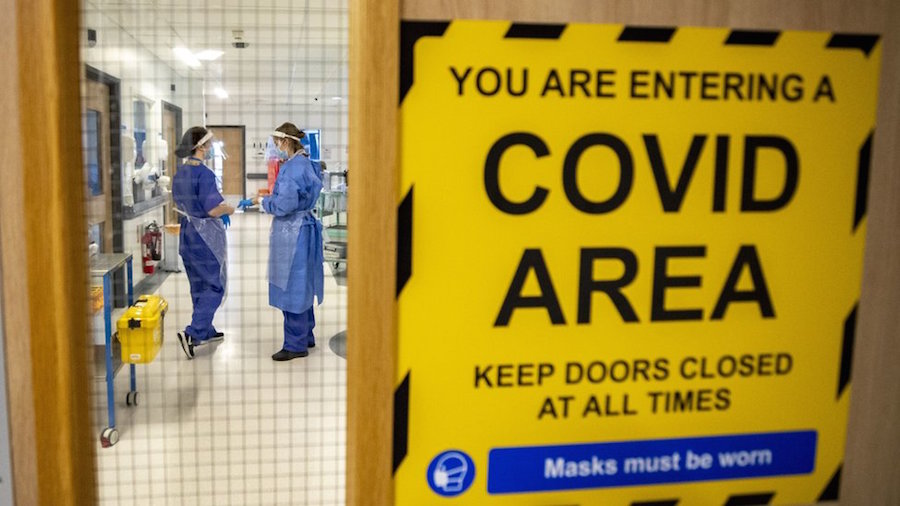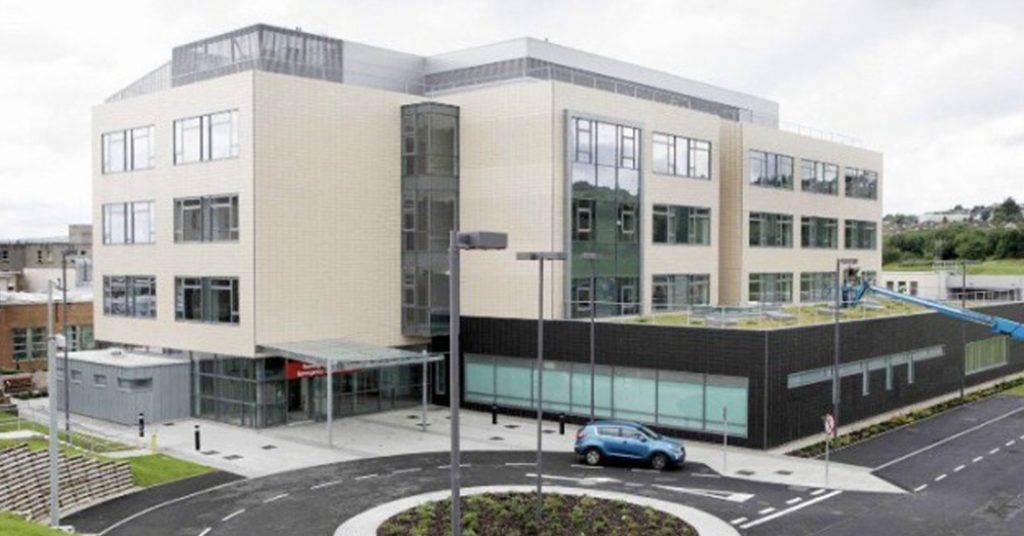A range of factors including the impact of winter and the high numbers in hospital and attending ED are leading to a very high demand on both hospital and community services.
This morning there are 380 patients in hospitals awaiting a hospital bed, while there are 90 hospital beds currently available, a further 250 are closed as a result of Covid-19.
Our hospitals are seeing record attendance levels, with over 27,900 attending Emergency Departments this week alone, and almost 7,000 people admitted to hospital in the last week (an increase of 23.8% on the same week last year).
We have seen an average of 333 people on trolleys each day this week, a 203% increase on the same week last year. In addition, a high proportion of those admitted are over the age of 75. This has resulted in longer stays in hospital for people who have complex care needs and often times require considerable community supports on discharge.
While our hospitals continue to operate a dual system to reduce the impact of possible Covid-19 outbreaks, with Covid and non-Covid pathways in place, we are seeing record numbers of people move through our services for treatment.
Covid-19 is continuing to have an impact on services, as we continue to manage and care for patients with Covid-19, with 595 patients in acute settings this morning.
Currently, there are 601 COVID-19 reported outbreaks across all community settings, with 51% of all nursing homes in outbreak, with 50 confirmed outbreaks in the last 7 days. This is having a significant impact on the number of people awaiting discharge in an acute hospital. We also continue to have a high number of people awaiting carers to support them to remain at home and/or delayed discharge.
In line with the HSE Winter Plan, a number of measures are being taken to manage this period of high demand, in order to de-escalate and assist with patient flow.
This includes increased acute and community bed capacity, continuing to use Private Hospitals and other private diagnostic facilities to support access for patients.
The additional capacity built up over the last two years, through significant investment has enabled us to see and treat more people than ever before, in both community and acute settings. Within community services 15% more people are receiving transitional care funding compared to last year to facilitate earlier discharge from hospital and there are 13% more short stay beds available in the community for this same purpose.
We have delivered more home care than ever before increasing to in excess of 55,000 clients – in 2021 an additional 2.9m additional hours were provided to care for people at home in comparison to 2020.
There were over 71,000 referrals to Community Intervention Teams in 2021, nearly 19% ahead of target.
Investment in access to diagnostics helped to keep people from unnecessarily attending our acute hospitals last year, with over 135,000 radiology scans provided in the community.
Our CAMHS teams have seen 18% more young people during 2021 and 5% more have adults been seen by our general mental health teams.
There has also been a 26% increase in referrals of children for Disability Assessment of Need in 2021 in comparison to 2020 which is being better managed with the successful implementation of the planned 91 Children’s Disability Network Teams now being in place.
Despite the increased services, our Emergency Departments also continue to be extremely busy with high numbers of patients attending, many of whom present with complex needs requiring admission. The HSE regrets that patients may experience long wait times in our Emergency Departments.
However, as always they will prioritise the sickest patients and most urgent cases for treatment and care.
According to Anne O’Connor, Chief Operations Officer, HSE: “Anyone who suspects they may be facing an emergency situation should of course come to the Emergency Department and they will be seen and treated. However, we would ask those who may be in a non-urgent situation to consider other care options, particularly during this time of unprecedented pressure”.
The HSE is asking members of the public to consider all care options before attending hospital Emergency Departments (EDs), as acute and community services face a period of unprecedented pressure.
There are a range of care pathways available to patients who do not need emergency care including Pharmacists, GP, GP Out of Hours Services and Minor Injury Units. Within EDs, patients will be prioritised based on their clinical need
Key Points:
Services are treating more people than ever before –
Over 27,900 ED attendances and almost 7,000 people admitted in the last week (an increase of 23.8% on the same week last week)
24% of people who attended ED were admitted
3,701 people who attended were over the age of 75%, a 45.4% increase on this week last year, with 1,950 of them admitted
95.6% of patients were treated or admitted within 24hours
An average of 333 people were on trolleys over the last week
Critical Care Beds
A strategic multi-year plan for additional critical care capacity was developed in June 2020
In March 2020 there were 255 funded Critical Care beds. Significant investment of €77m between 2021 and 2022 has enabled an increase in the number of critical care beds to 297 at the end of 2021
22 critical care beds were upgraded from HDU (level 2) to ICU (level 3) beds and the associated increase in staffing increasing capability to care for critically ill patients
A further 28 beds are planned to open in 2022 bringing the total beds to 325
Community Services:
Our CAMHS teams have seen 18% more young people during 2021, while 5% more adults have been seen by our general adult mental health teams.
There has also been 26% more referrals of children for Disability Assessment of Need in 2021 in comparison to 2020
2021 marked a busy and clinically demanding year for Adult Eating Disorder Services e.g. the Adult Eating Disorder team in SVUH, precipitated by the impact of COVID – 19, and reflecting the general increase internationally, saw referrals numbers to the service surge by over 120% on the previous year.









